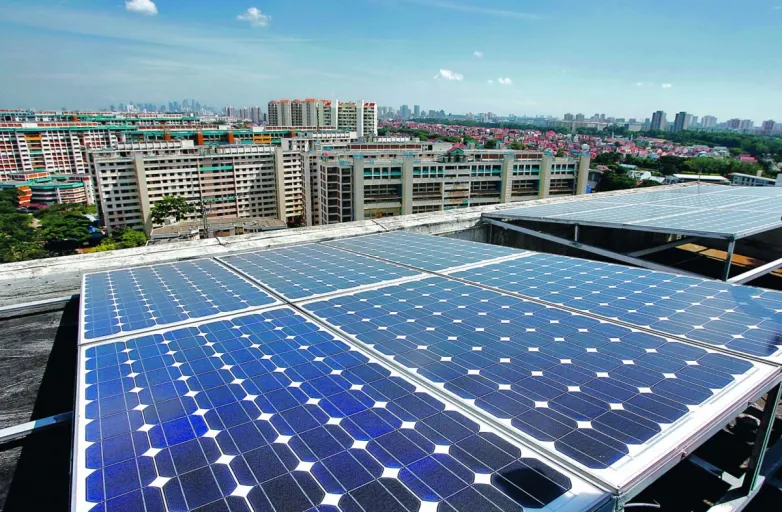Karnataka leads Indian states in new rooftop PV attractiveness index
Aug 23, 2019 09:31 PM ET
- The Indian state of Karnataka has snagged the top spot on the Ministry of New and Renewable Energy’s State Rooftop Solar Attractiveness Index.

The southwestern Indian state of Karnataka has secured the top spot in a new Indian government index – unveiled this week by the Ministry of New and Renewable Energy (MNRE) – that ranks all of the country’s states according to their attractiveness for rooftop PV development.
The southern state of Telangana took second place on the State Rooftop Solar Attractiveness Index (SARAL). The solar-rich states of Gujarat and Andhra Pradesh, meanwhile, grabbed the third and fourth spots, respectively.
The SARAL is the first index in India to provide a comprehensive overview of measures that states have adopted to facilitate rooftop solar deployment. The MNRE designed the index in cooperation with Ernst & Young, the Shakti Sustainable Energy Foundation, and the Associated Chambers of Commerce and Industry of India. The SARAL was recently unveiled at a meeting of state representatives and state-level utilities, according to the Press Information Bureau.
The index focuses on five key aspects of the rooftop PV development ecosystem: the robustness of policy frameworks, the implementation environment, the investment climate, the consumer experience, and the overall business ecosystem in each state.
India aims to install 40 GW of rooftop solar capacity by 2022. However, the country’s cumulative rooftop installations currently stand at just 1.84 GW, according to Bridge to India’s India Solar Rooftop Map, published in June.
In a separate report, the consultancy recently noted that central and state government agencies throughout India have launched a total of 804 MW of tenders in fiscal 2019, up 64% on the preceding year. Central government agencies oversaw 225 MW of the total – up 35% year on year – while state agencies have launched tenders for 579 MW of the total, up 79% from the preceding fiscal year.
Also read
- Agile Energy Secures Equity for 200MW Australian Solar-Plus-Storage
- Bahrain’s Record Rooftop Solar Powers Steel Decarbonization
- New Solar Drain Clip Aims to Improve Panel Efficiency in Humid Climates
- PosiGen bankruptcy spotlights US rooftop solar’s financing and policy fragility
- Philippines Strengthens National Backing for Solar Expansion

